Blog Post
Online Mortgage Calculators, Can You Trust Them?
Team Gill • Apr 16, 2020

You’d think an online calculator is a pretty straight forward device, one that you should be able to place your full confidence in, and for the most part they are. Calculators calculate numbers, the numbers are reliable, but how you interpret those numbers… not so much, especially if the goal is mortgage qualification.
If you rely on the numbers from a “What can I afford” or “Mortgage Qualification” calculator without talking to a mortgage professional, you are going to be misinformed. Don’t be fooled, while an online mortgage calculator can help you calculate mortgage payments, or help you assess how additional payments would impact your amortization, they will never be able to give you an exact picture of what you can actually afford and how a lender will consider your mortgage application.
While mortgage calculators are objective, mortgage lending isn’t. It’s 100% subjective. A lender will consider your financial situation, employment, credit history, assets, liabilities, the property you are looking to purchase, and then compare that with whatever risk profile they currently have the appetite to lend to. Simply put, they don’t just look at the numbers.
An online calculator is a great tool to help you to run different financial scenarios and to help you assess your comfort level with different payment schedules and mortgage amounts, but please don’t rely on an online calculator for mortgage qualification purposes, you will be disappointed.
When the time is right, the very first step in the mortgage qualification process is a preapproval. A preapproval will take a look at all the variables on your application, assess your financial situation, and provide you with a framework to buy a property, based on your unique circumstance. Securing a preapproval comes at no cost to you and you aren’t obligated to buy. It will simply allow you the freedom to move ahead with confidence, knowing exactly where you stand. Something a calculator is unable to do.
If you would like to talk more about your financial situation, please contact us anytime!
Sign up to to our newsletter to hear weekly updates on market news, timely buyer/seller tips, and up to date rates
Mick & Sheila Gill
CANADIAN MORTGAGE EXPERTS

RECENT POSTS

By Team Gill
•
23 Apr, 2024
Sometimes life throws you a financial curveball. Bankruptcy and consumer proposals happen. It doesn’t mean your life is over, and it doesn’t mean you won’t ever qualify for a mortgage again. The key to financial success here is getting things under control as quickly as possible. You must demonstrate to the potential lenders that what happened in the past won’t happen again in the future. So if you’re thinking about getting a mortgage post-bankruptcy, lenders will want answers to the following questions: How long have you been discharged? Securing a mortgage will be dependent on how long it has been since you were discharged from your bankruptcy or consumer proposal. Most lenders consider the discharge date on both to be your new ground zero. And while there is no legally defined waiting period for when you can apply for a new mortgage post-bankruptcy, what lenders will assess is how you’re managing your finances after your financial troubles. Have you established new credit? You can show lenders that they can trust you after bankruptcy by establishing new credit and managing that credit flawlessly. So as soon as you’ve been discharged, it’s a good idea to get a secured credit card and start rebuilding your credit score. To be considered completely established, you’ll want to have two years of credit history on two trade lines with a credit limit of $2500 on each trade line. You’ll also want to make sure that you have no late or missed payments. How much do you have available for a downpayment? The more money you have to put towards purchasing a property, or the more equity you have in your property in the case of a refinance, the better your chances of getting a mortgage. The more money you bring to the table, the more comfortable a lender will feel about the risk they take of losing their investment should you run into future financial difficulty. What is your total debt service ratio? Another consideration lenders will look at is how much money you make compared to the cost of making your mortgage payments. So it probably goes without saying that the more money you make compared to the amount you want to borrow, the better. Conventional or insured financing. If you’re looking to get the best mortgage products available, here are some of the things a lender will want to see: You’ve been discharged for at least two years plus a day. You’ve established your credit (as listed above). You have at least 5% down for the first $500k of the purchase and 10% down for anything over $500k. If you don’t have a 20% downpayment, you will be required to secure mortgage insurance through CMHC, Sagen (formerly Genworth), or Canada Guaranty. The cost to service the property and all your debts don’t exceed 44% of your gross income. Alternative lending As independent mortgage professionals, our job is to provide solutions and strategies for our clients. As such, in addition to dealing with many traditional lending institutions, we also have access to lenders who specialize in working with clients whose financial situation isn't all that straightforward. These private lenders offer alternative lending solutions that consider the overall strength of your mortgage application. While you won’t qualify for the best rates and terms on the market by going with an alternative lender, if you’re looking for options, you might find that alternative lending is a very reasonable solution for you. Alternative lending isn’t for everyone, but it’s an excellent solution for some, especially if you’ve gone through a bankruptcy or consumer proposal and need a mortgage before fully establishing your credit. Get in touch anytime. So whether you’re looking for a plan to help you qualify for a mortgage with the most favourable terms or if you need something more immediate. Please connect anytime. It would be a pleasure to outline your options and work on a plan to get you a mortgage.

By Team Gill
•
18 Apr, 2024
In recent years, housing affordability has become a significant concern for many Canadians, particularly for first-time homebuyers facing soaring prices and strict mortgage qualification criteria. To address these challenges, the Canadian government has introduced several housing affordability measures. In this blog post, we'll examine these measures and their potential implications for homebuyers. Increased Home Buyer's Plan (HBP) Withdrawal Limit Effective April 16, the Home Buyer's Plan (HBP) withdrawal limit will be raised from $35,000 to $60,000. The HBP allows first-time homebuyers to withdraw funds from their Registered Retirement Savings Plan (RRSP) to use towards a down payment on a home. By increasing the withdrawal limit, the government aims to provide young Canadians with more flexibility in saving for their down payments, recognizing the growing challenges of entering the housing market. Extended Repayment Period for HBP Withdrawals In addition to increasing the withdrawal limit, the government has extended the repayment period for HBP withdrawals. Individuals who made withdrawals between January 1, 2022, and December 31, 2025, will now have five years instead of two to begin repayment. This extension provides borrowers with more time to manage their finances and repay the withdrawn amounts, alleviating some of the immediate financial pressures associated with using RRSP funds for a down payment. 30-Year Mortgage Amortizations for Newly Built Homes Starting August 1, 2024, first-time homebuyers purchasing newly built homes will be eligible for 30-year mortgage amortizations. This change extends the maximum mortgage repayment period from 25 years to 30 years, resulting in lower monthly mortgage payments. By offering longer amortization periods, the government aims to increase affordability and assist homebuyers in managing their housing expenses more effectively. Changes to the Canadian Mortgage Charter The government has also introduced changes to the Canadian Mortgage Charter to provide relief to homeowners facing financial challenges. These changes include early mortgage renewal notifications and permanent amortization relief for eligible homeowners. By implementing these measures, the government seeks to support homeowners in maintaining affordable mortgage payments and mitigating the risk of default during times of financial hardship. The recent housing affordability measures announced by the Canadian government are aimed at addressing the challenges faced by homebuyers in today's market. These measures include increasing withdrawal limits, extending repayment periods, and offering longer mortgage amortizations. The goal is to make homeownership more accessible and affordable for Canadians across the country. As these measures come into effect, it's crucial for homebuyers to stay informed about the changes and their implications. Consulting with a mortgage professional can help individuals explore their options and make informed decisions about their housing finances. If you're interested in learning more about these changes and how they may affect you, please don't hesitate to connect with us. We're here to walk you through the process and help you consider all your options and find the one that makes the most sense for you.
MICK GILL
Tel: 604-828-1557
Email: gillmortgageteam@gmail.com
SHEILA GILL
Tel: 604-828-5141
Email:
gillmortgageteam@gmail.comm
DYLAN GILL
Tel: 778-255-1557
E-mail:
gillmortgageteam@gmail.comom
OFFICE
22314 Street NW
Calgary AB
T2N 1Z6
Compliance Officer:
Gord Appel
(403) 714-4663
gord.appel@axiom.ca
Broker Of Record:
Gord Ross
800-517-8670 ext 301
gord@axiommortgage.ca

